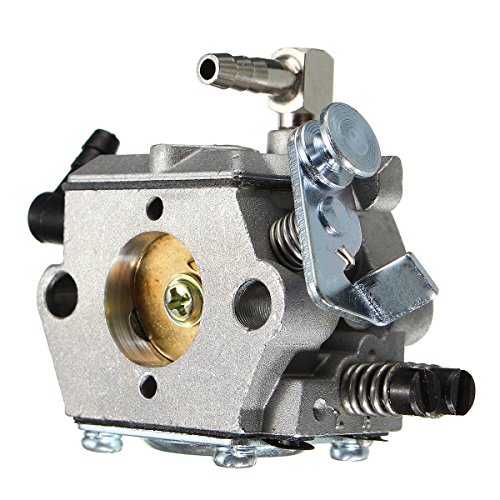
Additionally, the model results are compared against the Mie-Gruneisen and SESAME equations of state already in the CTH database. The EOS is evaluated by comparing the response to previously published dynamic compression experiments. Addition of a cavitation model allows for treatment of liquid spall when the local pressure drops below the vapor pressure in events such as underwater blasts and high speed projectiles or fragments in liquids. Granite was chosen as one of the typical geological materials. We are confused as to where this internal energy/velocity component is coming from exactly. The attached gifs display such behaviour. Table 1 lists the parameters for the Tillotson EOS that we used ( Allen, 1967 ). We have set the rings' initial internal energies to 0 while they should stay perfectly still with u0 for the duration of the simulation, their internal energy inexplicably goes up and the rings wobble offscreen. This EOS was implemented into CTH, Sandia National Laboratories Eulerian, finite-volume, shock physics code, for the general purpose of simulating hypervelocity impacts of metals, geologic materials, and liquids however, the salient features of this EOS in both compression and expansion are evaluated for water given the ubiquity of available data. The Tillotson EOS ( Tillotson, 1962) was used for both the projectile and target.

#Isale tillotson eos full#
We present preliminary numerical model results that suggest that both porosity and internal friction play an important role in limiting crater growth over a large range in gravity-scaled source size.The Tillotson equation of state (EOS), which was originally developed for the hypervelocity impact of metals, was augmented with an additional region in expansion to provide full coverage of the density-energy space and a new cavitation model for liquids. While some parameters may be considered as fitting parameters, all others have a physical meaning. Our major objective in developing the model is to investigate the effect of porosity and internal friction on transient crater formation. In the Tillotson EoS, parameters are: a,b,, , B(Pa), material bulk modulus A(Pa), initial and incipient vaporization material densities0and IV (g/cm3), initial energy, incipient and complete vaporization material energies E 0, EIV, ECV (J/kg). The model is simple and intuitive and shows good agreement with a wide variety of experimental data, ranging from static compaction tests to highly dynamic impact experiments. A material model for basalt composed of a Tillotson equation of state (Tillotson 1962), with parameters taken from Benz & Asphaug (1999) and the strength and damage model taken from Ivanov et al. Pressure (GPa) 45 Tillotson Hugoniot iSALE Hugoniot GADGET+SPH-N Hugoniot. The Tillotson equation of state was originally derived for high- velocity impact simulations (Tillotson 1962). Our new ɛ-alpha model requires only four input parameters and each has a physical meaning. Tillotson equation of state, which is a commonly used alternative EOS for. Therefore, the target was modelled using the Tillotson equation of state for. In contrast to previous attempts (e.g., P-alpha model, snowplow model), our model accounts for the collapse of pore space by assuming that the compaction function depends upon volumetric strain rather than pressure. The crater sizes produced in iSALE-3D impact simulations into aluminium.

A total of 54 simulations were performed. Experiments aimed at studying the ejecta properties from impact cratering events have been performed by various research groups, summarised in Housen and Holsapple (2011). For each target material combination (Y 0, ), we simulated nine impacts spanning projectile diameters L 40, 80, and 160 m and velocities v i 10, 30, and 100 km s 1. Before investigating impacts into asteroid surfaces, iSALE's model accuracy was validated against data from laboratory impact experiments.

We present a novel approach for dealing with porous compaction in numerical modelling of impact crater formation. We use an ANEOS EoS for the basalt and a Tillotson EoS for water ice (parameter values are listed in Table 1). Numerical modelling of impact cratering has reached a high degree of sophistication however, the treatment of porous materials still poses a large problem in hydrocode calculations.


 0 kommentar(er)
0 kommentar(er)
